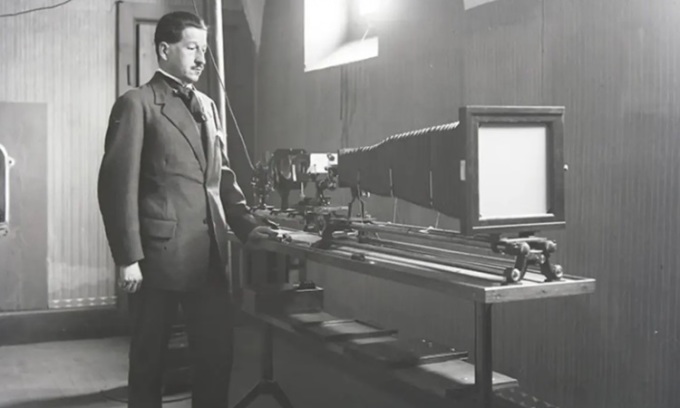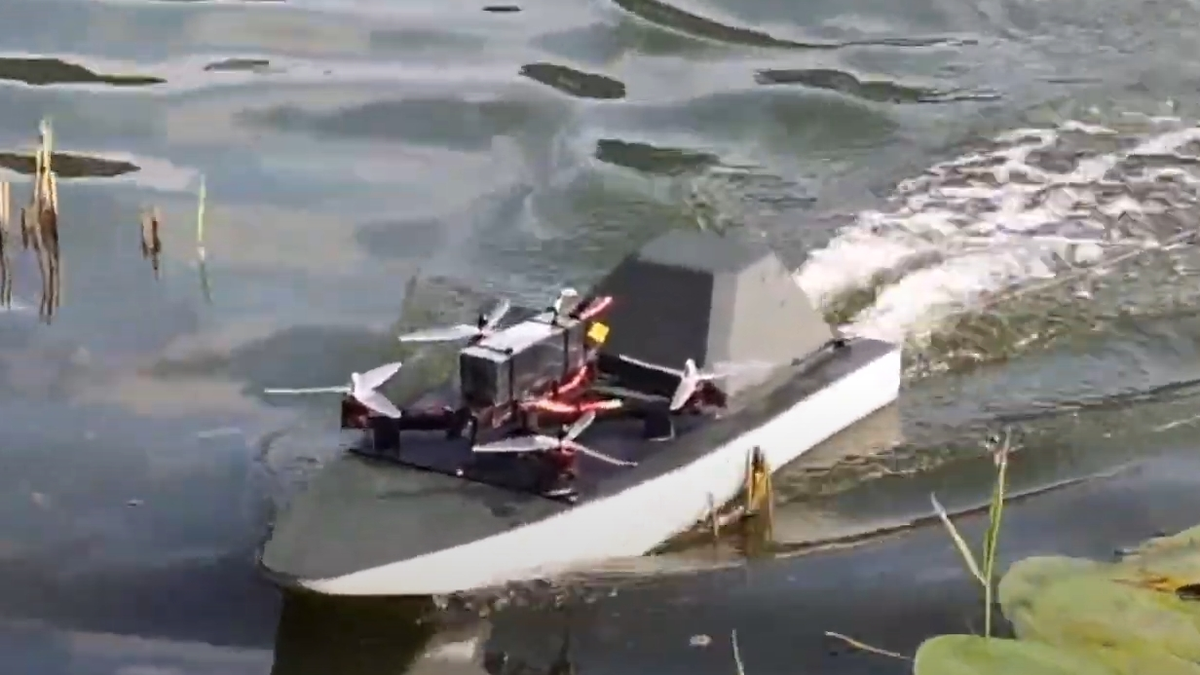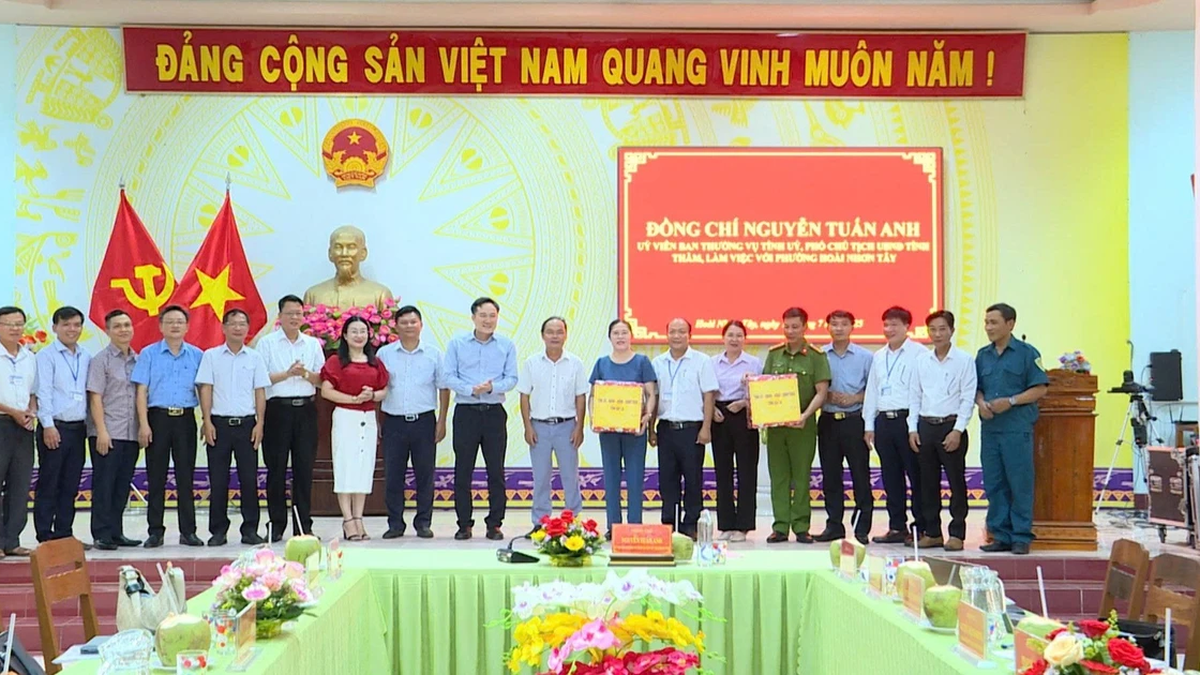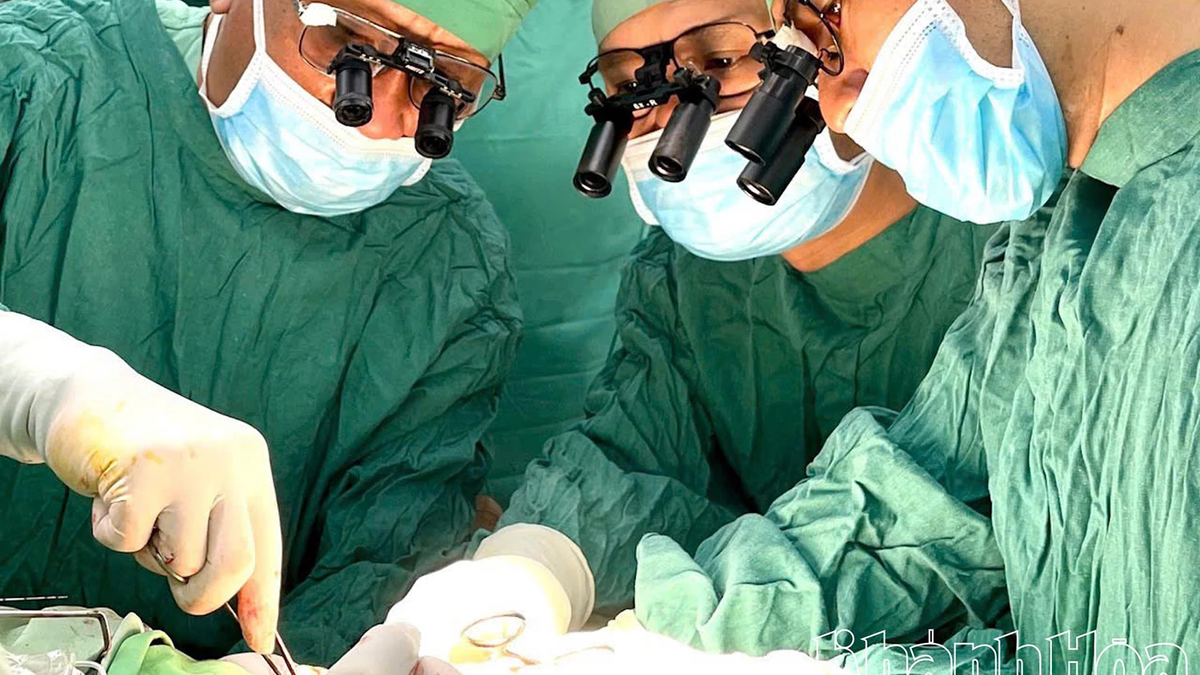Edmond Locard, nicknamed the French Sherlock Holmes, was the man who built the world's first forensic laboratory in Lyon.

Edmond Locard using a photographic device in the 1920s. Photo: Lyon Archives
The collection of more than 20,000 photographic plates was discovered in a garage in the French city of Lyon in 2005. At the time, authorities had no budget to reconstruct the photographs. A donation from a local historian in 2017 helped preserve and digitize more than two-thirds of the collection. The results revealed that the world's first forensic laboratory was created in 1910 by forensic science pioneer Edmond Locard, nicknamed the French Sherlock Holmes, Interesting Engineering reported on April 8.
Going to crime scenes and piecing together clues to reconstruct a crime sequence is common in today's crime scene investigations. But a century ago, police didn't investigate crimes the way they do today. Handwriting analysis was considered a cutting-edge technique, and it was through it that Locard began his forensic career.
Locard's mentor, Alphonse Bertillon, invented a method of identifying people using body measurements. But when a Jewish officer was accused of espionage, Bertillon was called in as a handwriting expert, despite having no experience in the field. Bertillon's false testimony contributed to the infamous Dreyfus police scandal, which also prompted Locard to set up a laboratory where fingerprints, blood, hair, dust, and pollen could be scientifically analyzed for use as evidence in court.
The laboratory’s collection of photographic plates remained in the garage of the National Forensic Police in Ecully, Lyon, until 2005. Despite being moved to a city archive, the plates continued to deteriorate over the next decade due to lack of resources. In 2017, the thin gelatin layer on the photographs became contaminated with mold. It was not until burial historian Nicolas Delestre provided financial support that restoration work began. The images were digitized and completed in the spring of 2018, as a biography of Locard was being prepared for publication.
So far, published photos show Locard's team working with equipment and conducting experiments. One of the ways they identified people was by classifying body tattoos. Locard's inspirations included the Lumière brothers, pioneers of cinematography, and Arthur Conan Doyle, creator of Sherlock Holmes. During his lifetime, Locard also stopped using some techniques, such as handwriting analysis, because he found the results unreliable. Locard's forensic work from more than a century ago can inspire experts today. A detailed description of Locard's forensic lab photos is shared in the journal Nature.
An Khang (According to Interesting Engineering )
Source link




















































![[Maritime News] More than 80% of global container shipping capacity is in the hands of MSC and major shipping alliances](https://vphoto.vietnam.vn/thumb/402x226/vietnam/resource/IMAGE/2025/7/16/6b4d586c984b4cbf8c5680352b9eaeb0)













































Comment (0)